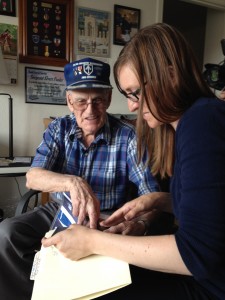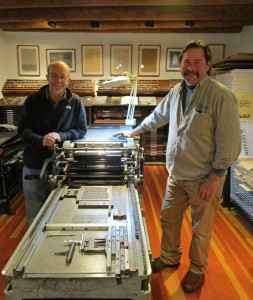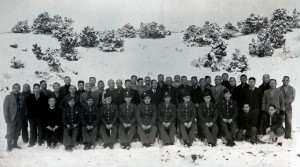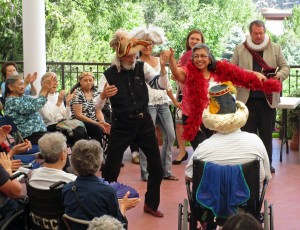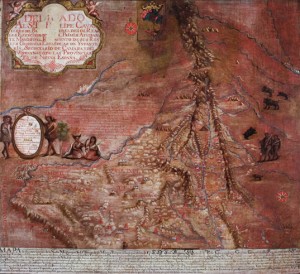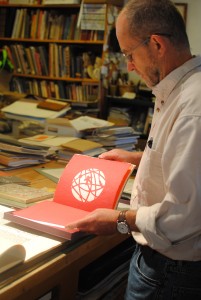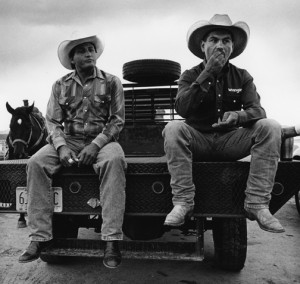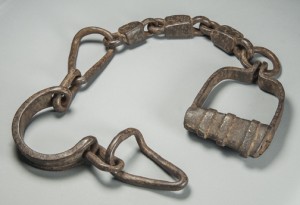
Shackles from the Inquisition prison in Mexico City, 17th century. Private collection. Photo by Jorge Pérez de Lara.
In the 10th through 13th centuries, Spain flowered into a golden age, as Muslim, Jewish and Catholic peoples achieved new heights in science, philosophy and the arts. That triculturalism, though, endured repeated challenges, first by fundamentalist Islamic Almohads in the 12th century, then by Christian kingdoms in the late-14th century, when it finally deteriorated into dissent, segregation and riots.
By 1492, when King Ferdinand and Queen Isabella unified the nation under the Catholic crown, cultural chaos roared forth. A royal edict ordered all Jews to either leave the country or convert to Catholicism within four months—or else. (A similar edict befell Muslims in 1502.) The Spanish Inquisition (and later, the Portuguese and Mexican Inquisitions) stood ready to persecute any Christian who failed to abide. Violators endured prisons, torture and death.
What would you do? Repudiate the language, religion and customs of your people in order to stay in your home and with your family? Or walk away from all you owned, all you knew, and embark upon treacherous journeys across land and sea toward a life you could barely imagine?
Fractured Faiths: Spanish Judaism, The Inquisition, and New World Identities, opening May 22, 2016 (tentatively through December 31, 2016), stands on the brink of that chasm and leaps into a diaspora that dates to biblical times. For the first time, a major institution tells the comprehensive story of how Spain’s Jewry found a tenuous foothold in North America. Despite continued persecution and investigation, its people persisted—sometimes as upright Catholic conversos, sometimes as secret “crypto-Jews”—to finally make a mark as successful merchants, artists and philanthropists in New Mexico. Emblems of that struggle for cultural identity appear even today: A menorah carved into a tombstone in a Catholic cemetery; oral histories of tangled roots; Hispanic villages where genetic clusters speak to Jewish lineage.

